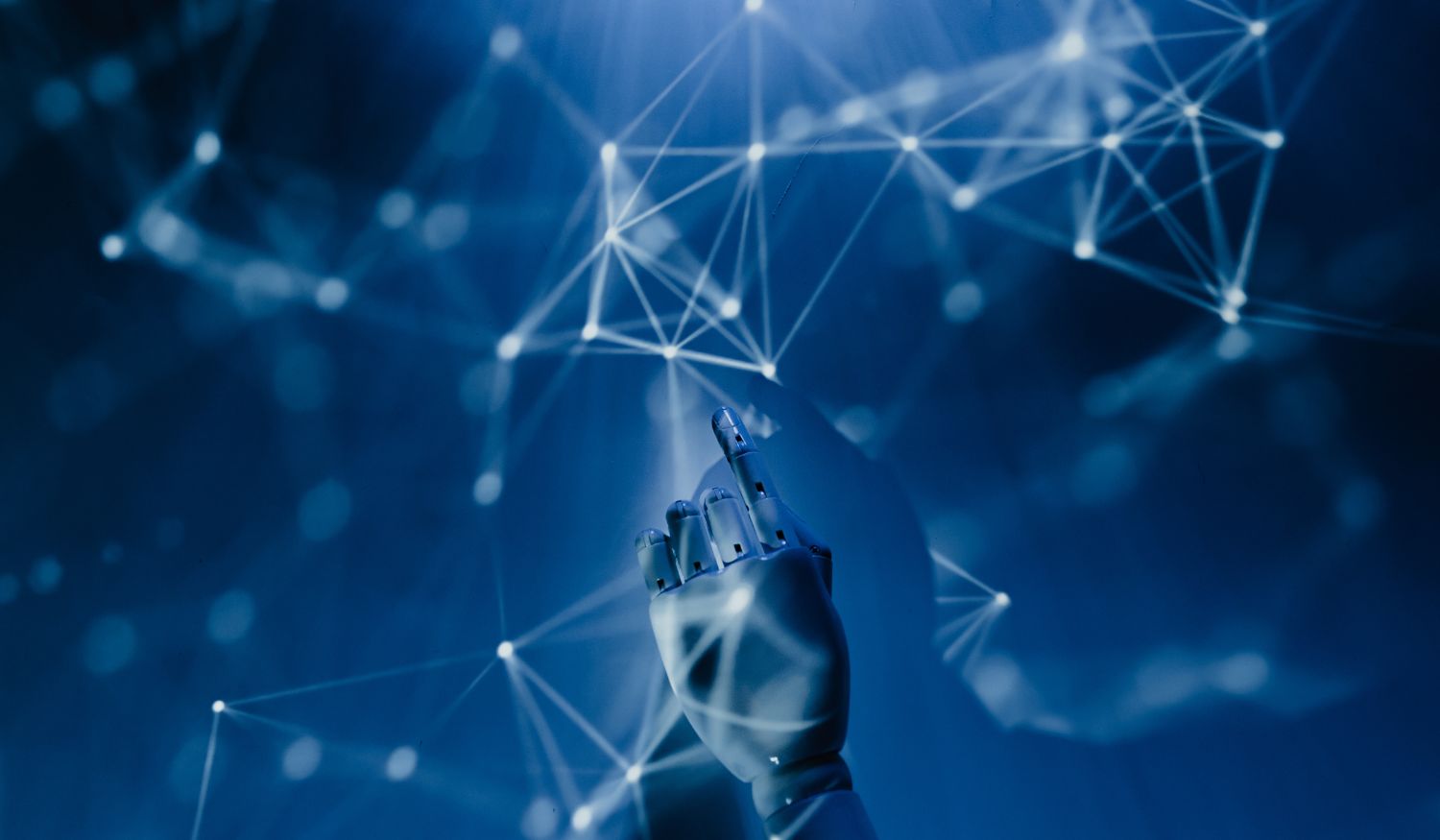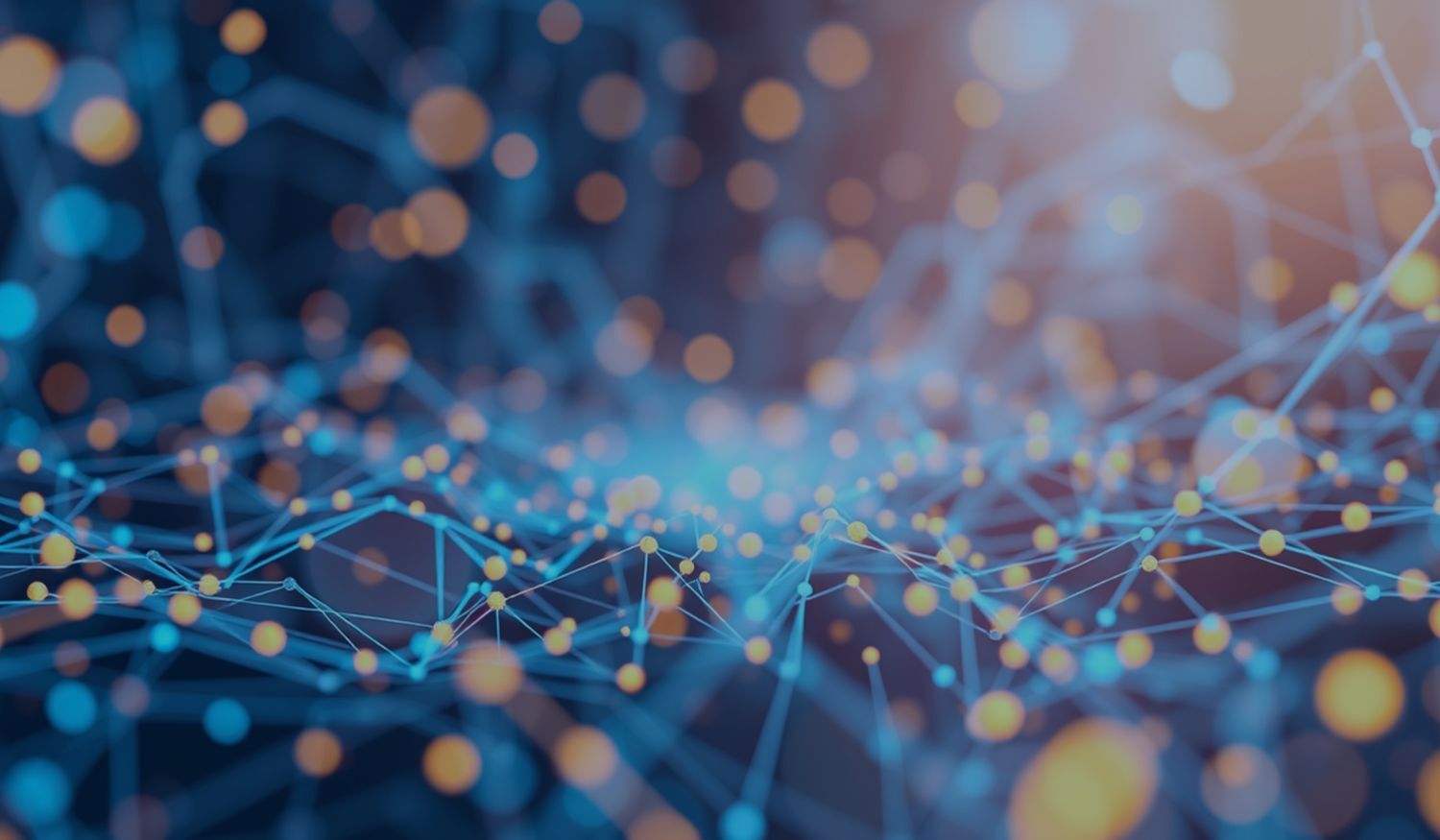The path toward a modern, resilient SOC does not depend on choosing between humans and machines. Instead, the strongest outcomes emerge when both operate collaboratively within a hybrid model. This approach recognizes that automation and AI agents can handle the scale and speed of modern telemetry, while human analysts provide the judgment, context, and ethical reasoning that ensure operational reliability.
This article, explains how a hybrid SOC model blends AI automation with human expertise to improve accuracy, scale operations, strengthen oversight, and build trust in autonomous security workflows. It is an extract from the report: Automating and Modernizing SOC with Agentic AI - which is available to download.
Human-Augmented Autonomous SOC
In a Human-Augmented Autonomous SOC, AI agents execute repetitive and time-sensitive actions such as enrichment, correlation, and containment. Human analysts supervise, validate, and refine these automated processes, focusing their time on interpretation, escalation, and complex investigations.
The model functions as a continuous feedback loop. As AI systems perform triage and investigation, humans review their decisions, correct inaccuracies, and improve detection logic. The AI learns from these corrections, enhancing performance over time. This symbiosis allows the SOC to scale effectively without sacrificing accuracy or oversight.
Automation therefore acts as a “force multiplier,” extending the reach of existing staff and enabling smaller teams to maintain enterprise-scale visibility. Rather than replacing analysts, the technology allows them to move higher up the value chain engaging in detection engineering, threat hunting, and adversary simulation.
Key Advantages of Hybrid Operations
When an autonomous SOC system makes an incorrect decision, such as quarantining a critical server, leaking sensitive data, or missing a breach, the question of accountability becomes complex. Determining whether responsibility lies with the vendor, the SOC team, or the governance function depends on clearly defined roles and documented operational policies.
Legal and operational liabilities can arise if AI decisions cause business disruption or breach compliance obligations. In highly regulated sectors such as finance and healthcare, organizations must demonstrate that human oversight exists for any action that could materially affect data integrity or continuity of service.
Implementation Considerations
Transitioning to a hybrid SOC requires both technical and cultural preparation. Technically, SOC leaders must integrate existing systems with AI platforms through standardized APIs and consistent telemetry ingestion. Unified observability frameworks help correlate data from multiple tools, ensuring that AI decisions are based on a complete and coherent view of the environment.
Culturally, analysts and managers must change their perception of automation. Rather than viewing AI as a threat to their roles, they should see it as an opportunity to eliminate repetitive work and focus on higher-order analysis. Training and change management are therefore critical components of adoption.
Similarly, performance measurement must also evolve. Instead of tracking only human metrics such as mean time to detect or resolve, SOC leaders should include AI-driven efficiency indicators, such as alert validation accuracy, agent-assisted triage coverage, and cross-tool response latency. This ensures that both human and machine performance are assessed as part of a unified operational system.
Building Trust and Control
The most effective hybrid SOCs are those that embed trust mechanisms into the automation process. Analysts must understand when and why AI agents make certain decisions, and they must have the authority to intervene, override, or escalate at any time and ensure appropriate changes/updates can be made to the system.
Establishing clear control points, such as requiring human validation for high-impact containment or data deletion actions, preserves confidence in automation while ensuring that accountability remains human-led.
In this structure, AI is positioned not as a decision-maker but as an intelligent collaborator. The result is an operating model that enhances precision, maintains transparency, and ensures that human governance remains central to cybersecurity operations.
Download the full report here: Automating and Modernizing SOC with Agentic AI
Share this
You May Also Like
These Related Stories

Have we Seen Any Improvement in the Security Operations Center?

Opportunities & Risks in AI: What Every CISO Should Know


